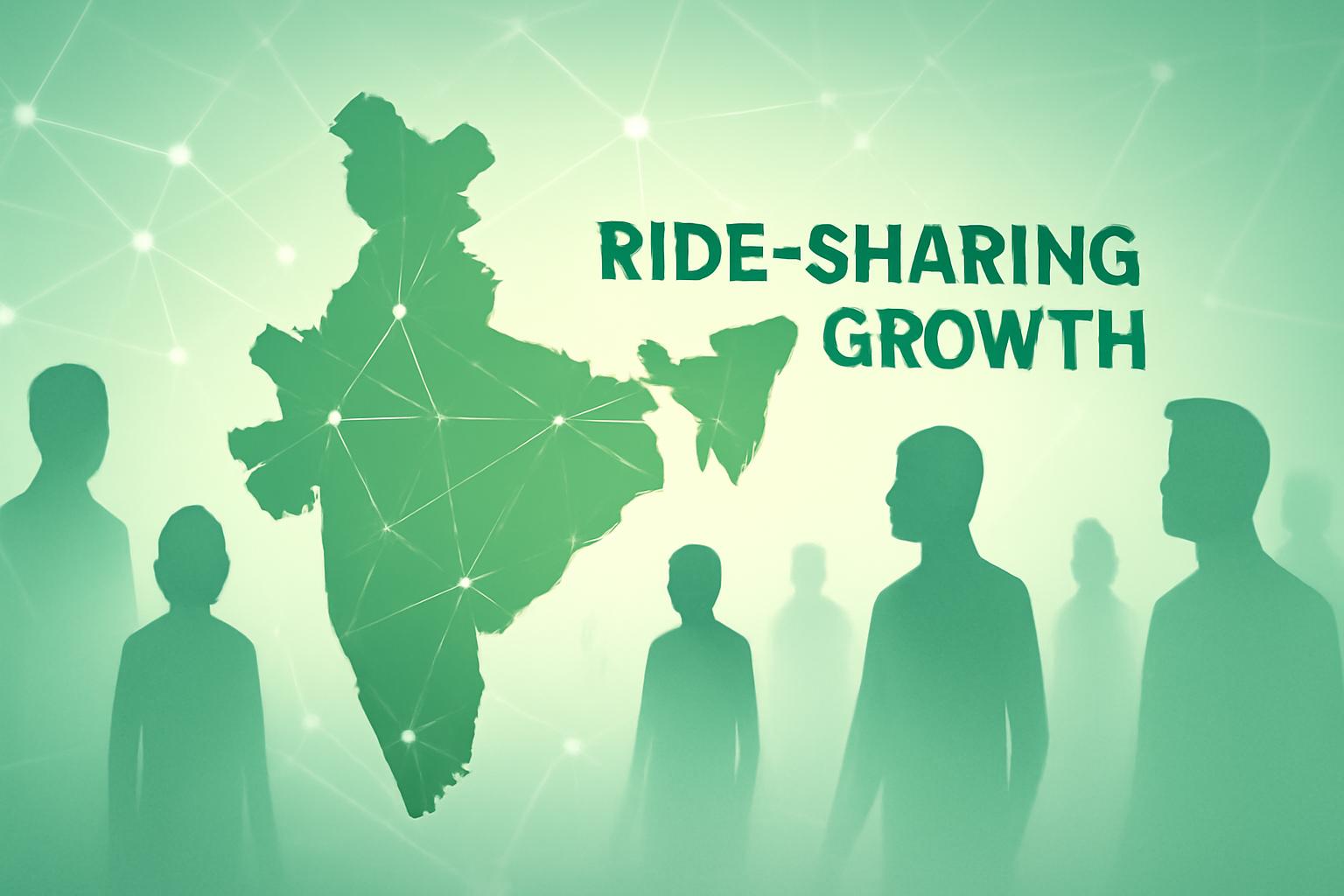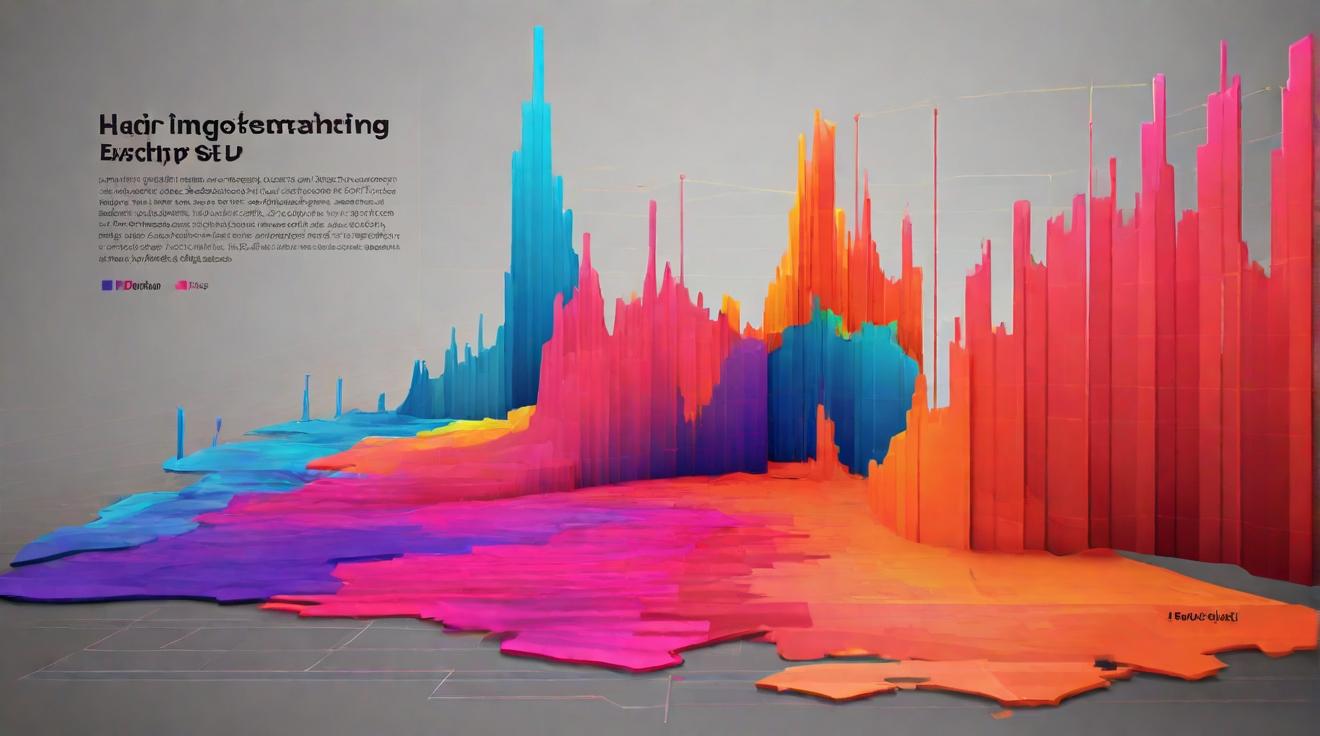India Becomes BlaBlaCar’s Fastest Growing Market
Every few weekends, 21-year-old student Lavanya Jain uses the BlaBlaCar app to travel from Noida near New Delhi to his hometown Kandhla in Uttar Pradesh. The 120-kilometer trip costs approximately ₹500 ($6), significantly cheaper than a private cab fare of ₹1,500–₹2,000 ($17–$23). Jain, who has used the service 40 to 50 times over two years, describes BlaBlaCar as a “fast, efficient, affordable, and comfortable” travel option. Jain’s experience reflects a broader trend: millions of Indians are embracing long-distance carpooling as a cost-effective, social alternative for intercity travel. This surge has transformed India into BlaBlaCar’s largest market, with an estimated 20 million passengers in 2025—up nearly 50% from the previous year and surpassing Brazil and France.Key Drivers Behind BlaBlaCar’s Rapid Expansion in India
BlaBlaCar’s resurgence in India is notable given its withdrawal of a local office in 2017 due to initial challenges. Since its relaunch in 2022, growth has accelerated organically, without heavy marketing or a dedicated local team. The factors fueling this rise include:- Expanding mobile internet penetration, with over 700 million smartphone users nationwide.
- Widespread adoption of digital payments, especially via the government-backed Unified Payments Interface (UPI), which processed nearly 20 billion transactions in September 2025 alone.
- Increasing car ownership, with sales hitting an all-time high of 4.73 million vehicles in 2024.
- Insufficient public transport capacity relative to India’s 1.4 billion population.
- Improved road infrastructure connecting smaller towns and rural areas to major cities.
Market Performance and User Demographics
BlaBlaCar’s monthly active users in India average 1.1 million in 2025, peaking at 1.5 million in August. Approximately 75% are passengers, with the remainder drivers. India now comprises roughly 33% of BlaBlaCar’s global carpool passengers. Trip volume in India rose to 13.5 million by September 2025, compared to 9.1 million in the same period last year. Brazil leads slightly with 14 million trips, while France trails with 5.6 million. Demographically, nearly 70% of Indian users are aged 18 to 34, and 95% access the platform via mobile app. Ride demand is split evenly between India’s 15 busiest intercity corridors and less frequented routes, indicating expanding adoption beyond metropolitan hubs.- Popular routes include Pune–Thane and Pune–Nashik in Maharashtra, and Bengaluru–Chittoor in Andhra Pradesh.
Monetization Strategy and Competitive Landscape
Despite impressive growth, BlaBlaCar has no immediate plans to monetize its Indian user base. Brusson emphasizes a focus on expanding usage first, leveraging lessons from other markets. BlaBlaCar differentiates itself from ride-hailing services like Uber and Ola, which operate demand-driven models. Instead, BlaBlaCar’s supply-led approach targets private car owners sharing rides, positioning trains and buses as its primary substitutes. The company intends to establish a local office by early 2026, marking a strategic shift toward deeper engagement with the Indian market.Operational Challenges in the Indian Market
BlaBlaCar faces several hurdles amid rapid expansion. Ambiguous state regulations on carpooling have led to occasional scrutiny. Customer support remains a pain point, with users reporting limited responsiveness and reliance on automated replies. The company employs a “blended model” for support, combining an outsourced local team with a smaller Paris-based group managing complex issues. Safety measures include an ID Check feature verifying government-issued documents, though users can book rides without completing verification to encourage platform engagement. Over 70% of trips involve verified drivers. Additional challenges include last-minute cancellations and the absence of live location tracking, which complicates ride coordination for some users. To address local needs, BlaBlaCar introduced “meeting-point logic” to suggest convenient pickup locations using machine learning, adapting to India’s lack of designated carpool zones.Global Context and Future Outlook
Globally, BlaBlaCar expects to serve approximately 150 million passengers in 2025, including bus service users in select markets. India’s rapid ascent has shifted the company’s growth focus away from traditional Western European markets toward emerging regions such as India, Japan, and Turkey. The company’s strategic patience in monetizing India and ongoing investment in local infrastructure and user experience position it well for sustained expansion.FinOracleAI — Market View
BlaBlaCar’s remarkable turnaround in India underscores the transformative impact of digital infrastructure and changing consumer behavior in emerging markets. The company’s model, emphasizing peer-to-peer carpooling, aligns well with India’s growing middle class and evolving mobility needs.- Opportunities: Rapid user growth driven by mobile and payment penetration; expanding road networks facilitating connectivity; untapped monetization potential.
- Risks: Regulatory uncertainties; customer support and platform trust challenges; competition from established ride-hailing and public transport options.
Impact: BlaBlaCar’s India expansion represents a significant growth vector that could redefine its global footprint, positioning the company as a leader in emerging market mobility solutions while necessitating careful navigation of local regulatory and operational complexities.













